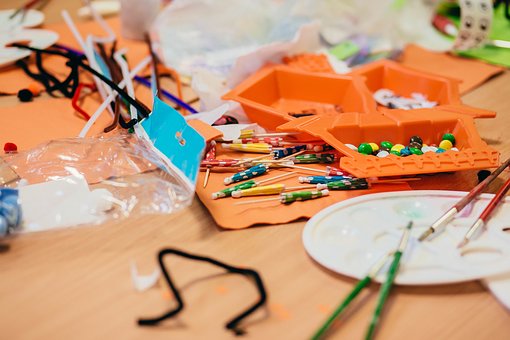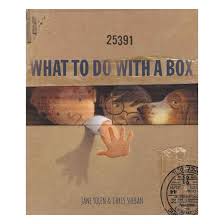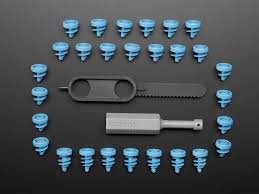By: Tammy Flanders
In reviewing last week’s workshops, I’m still wondering how the students who are headed to secondary schools would have accepted the scenario that we did use with students looking to teach at the elementary level.
Originally, Paula and I had thought to design a design thinking task around the scenario of the three little pigs and the big, bad wolf. Because we felt that the point of the task was to teach about the process of design thinking and less so about the ‘content’ of the scenario that this would work.
One of the instructors recommended coming up with a scenario for the secondary students that would appear less ‘elementary,’ afraid that they wouldn’t buy into it. We did have other instructors also teaching secondary students who didn’t think this would be a problem.
So with this little encouragement, I’m still tempted (at some future time) to use the scenario based on the fairy tale with the secondary students. I think the advantages would balance the negative perceptions. For instance, we need to manage the expectations and make sure students understand that it’s the design thinking process that is the most important part of this.
Also, we think the ice breaker that goes with the three pigs’ scenario gets the students into talking more quickly and with less hang ups. This is done as a ‘roundtable storytelling’ where every student adds a line or two in retelling the story.
Compare this with the scenario that we do use with the secondary students that is based on current events around refugees coming to a new country and the challenges they face. The session starter for them is Paula and I reading/book talking the picture book, Home and Away by John Marsden and Matt Ottley. Next we have them chat about what they know about refugees or immigrants from things they’ve read or know personally. Many of them felt that they just didn’t have enough information about refugees in general and that thinking specifically about the Syrian refugees in Canada curtailed their imaginations. They just couldn’t seem to place themselves in the shoes of any new arrival. They were afraid that they would end up creating stereotypes.
However, the three pigs’ scenario wouldn’t have the same baggage as this is such a fanciful story that we encourage students to extrapolate on and take in any direction they want.
Today we had the opportunity to try this out.
Two classes that came to us last week, went through the workshop again (though not in its entirety) using the fairy tale task instead of the refugee scenario. They certainly had fun with it and came up with some really creative ideas.
Because they were already familiar with the introduction, we skipped that and focused the tasks around the scenario giving them lots of time to work through the empathy, definition, ideation and prototyping sections. This was much more hands on as we had the full 80 minutes to let them really get into the role playing, interviewing, defining and ideating and finally ‘building’ a prototype. Even though we brought out many of our building kits (wood blocks, Lego, foam discs, straws and connectors, etc.) many created prototypes that were programs or written informational literature instead.
Over all, I think these second workshops went over well with students but I can’t say for certain whether they would have bought in to it the same way if this had been their first exposure. We did ask if they would have felt it too elementary and some said yes. They also acknowledged that they could see how it would work using the fairy tale.
As I said before, maybe it’s all about managing expectations of the students from the first and reminding them the focus about the process not the actual task.
Thoughts, anyone?

















